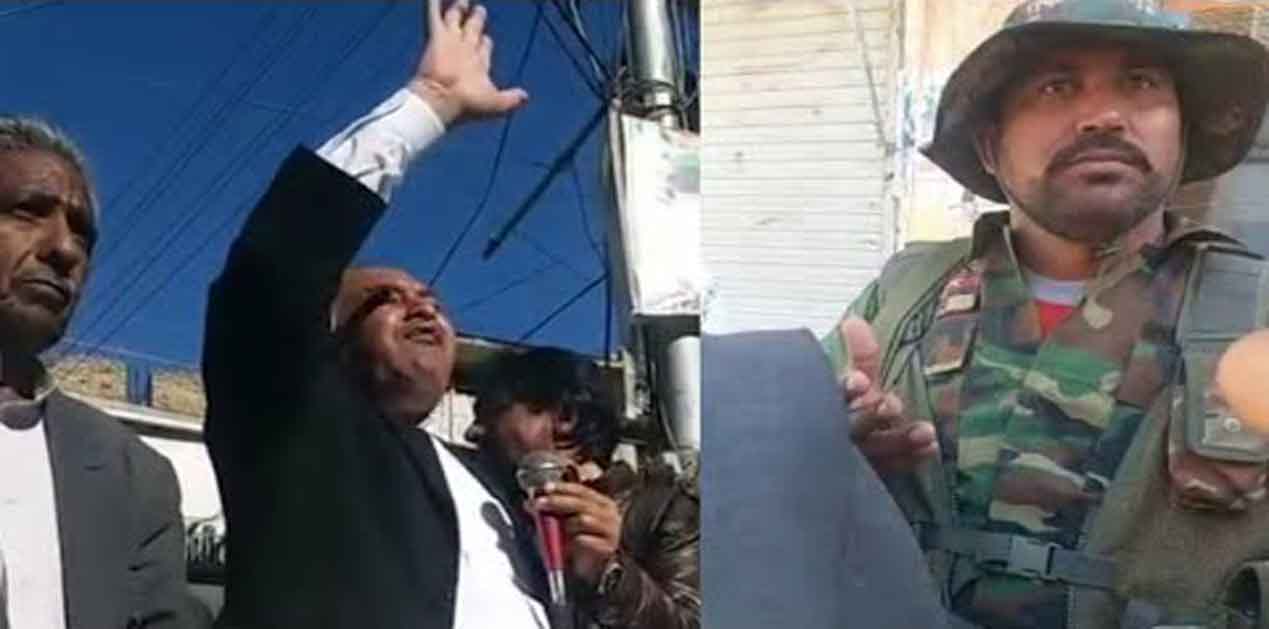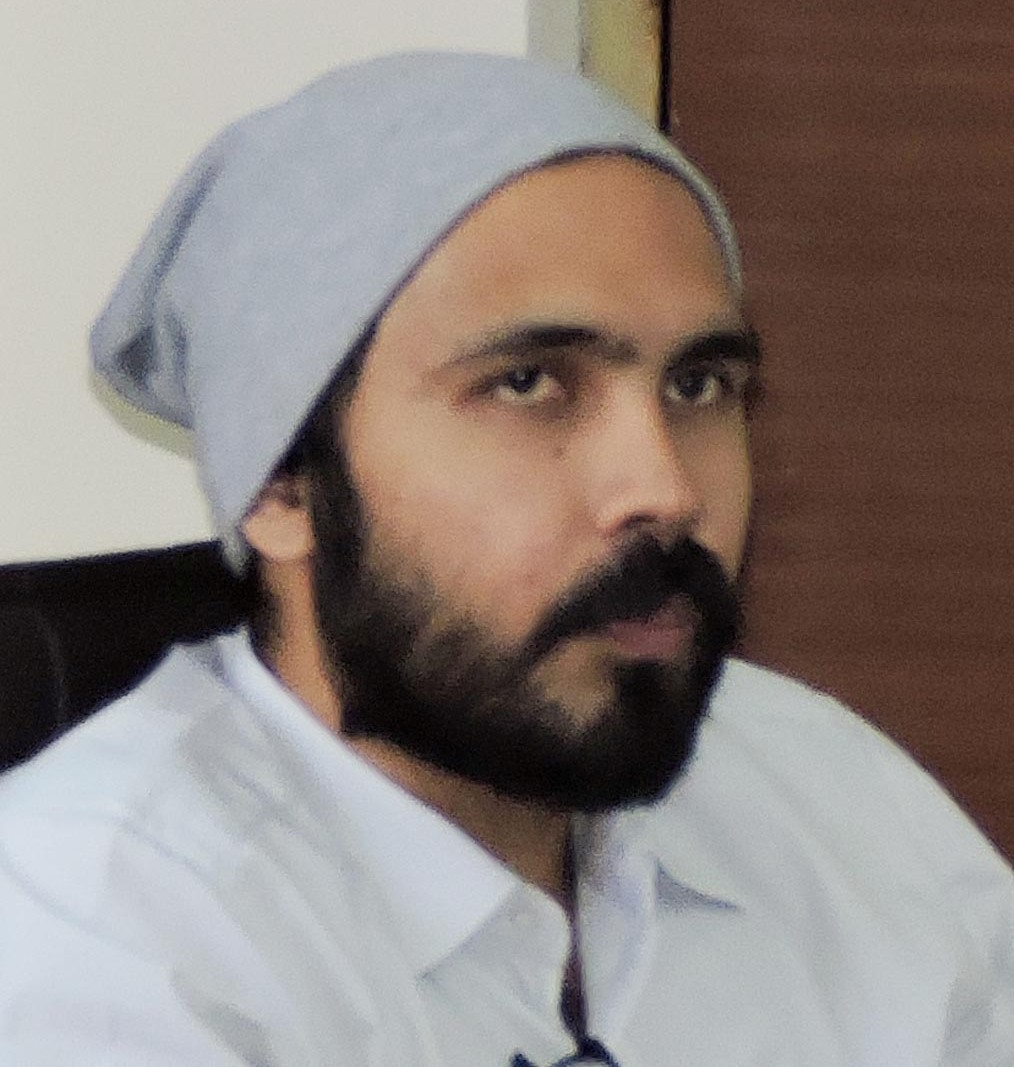In yet another instance of the state-directed intimidation, the death of a senior Pashtun Tahaffuz Movement (PTM) activist Arman Loni on 2nd February has sparked protests across Pakistan's Pashtun belt. Loni was killed after the police attacked a peaceful sit-in in Balochistan's Loralai region. The sit-in began on January 30 to urge the authorities to prevent attacks in Balochistan, a day after Tehreek-e-Taliban Pakistan’s (TTP) militants attacked the office of a DIG in Loralai, resulting in nine deaths (including three policemen) and injuring 21 others.1
Along with Federally Administered Tribal Areas (FATA) and the rest of Khyber Pakhtunkhwa (KP), Balochistan too has been the hotbed of the PTM as approximately half of its population consists of Pashtuns. Besides FATA, the Pashtuns of Balochistan are also subjected to profiling by the state agencies after Operation Zarb-e-Azb resulted in the displacement of the TTP militants, some of whom escaped FATA and reportedly took refuge in Balochistan.
PTM leader Manzoor Pashteen revealed a startling version of the incident, where he claimed that Loni died after being brutally beaten up with rifle butts after the police intercepted him with when he was returning home from the protest venue. A leading intellectual and PTM’s core committee member, Loni had been on the radar of the agencies.
The establishment's control over the media is clear with the fact that there were multiple reports in the Pakistani press on Indian Army's ongoing operations in the Kashmir valley but at the same time, Loni's death and the reactionary protests did not get any coverage except brief reports in a handful of newspapers.
The impact of protests even spread across the other side of the Durand Line as sympathizers gathered at Bacha Khan's tomb in Afghanistan's Jalalabad to offer last prayers, besides protests taking place in other cities as well. 2 Within Pakistan, anger compounded further after the Medical Superintendent who conducted Loni’s post mortem claimed that his body had no injury signs and that he had died of a cardiac arrest.3 As of now, the PTM accused an ASP ranking officer named Ata-ur-Rehman Tareen for Loni's killing.4
In light of the media crackdown, the PTM activists resorted to social media, highlighting the prevailing sentiment in Balochistan and Khyber Pakhtunkhwa. Mohsin Dawar, the Member of National Assembly from North Waziristan, has described as to how security agencies attempted to prevent him from entering Balochistan. The Balochistan Government even issued a notification banning the entry of Ali Wazir, Mohsin Dawar and PTM supporters from entering Balochistan by road for a period of 90 days. 5 The respective leaders nevertheless made it to Loni’s funeral. The standard practice of harassment of PTM cadres at check-posts and the use of trucks and containers to block roads was well covered, which stopped the protesters from congregating. In another instance, a video and reports of security agencies opening fire on Manzoor Pashteen’s car as he was on his way to attend Loni’s funeral are being widely circulated. Videos of sympathizers lining across streets from Quetta to Qilla Saifullah (Loni’s burial place) and the convoys that followed the ambulance carrying Loni’s body were a visible proof of strong grassroots support for the movement.
A year has passed since the brutal killing of Naqibullah Mehsud in January 2018 united the Pashtun sentiment across Pakistan. The movement had been in the making as early as 2013-14 as the youth, intellectuals and even political activists began converging to discuss and document the excesses by the Pakistan army and its agencies, especially in the FATA region. The plight of those escaping conflict zone and settling in Karachi, Peshawar and KP's suburbs only added to the simmering discontent.
In all, Naqeeb's killing caught the state and agencies unprepared and the response has been haphazard, with the Pashtuns still at the receiving end. There were few positive developments like a visible reduction in the check posts and the historic decision of merging FATA into KP, which is expected to pave the way for mainstreaming the tribal population.6 A decision was also taken to repeal the draconian Frontier Crimes Regulation from FATA.
On the other hand, not much progress has been made on fixing accountability on Naqeebullah's killers. Action is yet to be been taken against the accused SSP Rao Anwar. Some of PTM’s core demands, including the sentencing of Anwar, the issue of missing persons, establishment of a Truth and Reconciliation Commission and the removal of landmines, and evicting the Taliban remain unmet.7 On January 21, Alamzeb Mehsud, a senior activist was picked up by the Police in Karachi and booked under the anti-terror law under the accusation of inciting riots. Even before the PTM was born, Alamzeb’s videos highlighting Pakistan Army’s rights violations in the FATA region and its dealings with the Taliban at the cost of FATA residents had been circulating widely.8 On February 1, MNA Mohsin Dawar brought to light the steep reduction of scholarships to the students of FATA and Balochistan, despite a recent Planning Commission project calling for such provisions. Dawar highlighted that while more than 220 seats were allocated to the students of the two regions in medical and engineering colleges in 2017, only 28 scholarships were given in 2018.
The military continues to have a greater say in the civil administration of KP and Balochistan. Security policies are driven by the desire to keep the TTP at bay and yet maintaining Afghan Taliban’s sanctuaries at the same time. This strategy has been successful but only at the cost of ordinary Pashtuns. The Pakistan Army, rather than addressing PTM’s demands continues to falsely accuse it of being funded by external agencies and terms it as part of the hybrid warfare being raged against Pakistan. The Army is well aware that it cannot target the PTM, which makes Bacha Khan’s philosophy and non-violent protests as the basis of its existence. It has lately invested in perpetuating a discourse that terms PTM-like movements as “fifth generation warfare" to legitimize the state-driven crackdown on PTM activists.9
References:
- Ayaz Gul, “9 Killed in Suicide Attack on Pakistan Police Complex”, Voice of America, Washington DC, January 29, 2019.
- Yousaf Zarifi, “Luni’s funeral offered in absentia in Nangarhar, Kunar”, Pajhwok, Kabul, February 3, 2019.
- MS Quetta Hospital Dr Saleem Abro on Arman Loni Postmortem, Youtube Link: https://www.youtube.com/watch?v=ndIqDSq8fDo
- Twitter link to application requesting FIR against ASP Tareen: https://twitter.com/mjdawar/status/1091755600680308736/photo/1
- “Balochistan CM takes notice of death of PTM's Arman Loni, seeks report within 48 hours”, Dawn, Islamabad, February 3, 2019.
- Riazul Haq, “NA passes 'historic' Fata, K-P merger bill”, Express Tribune, Karachi, May 24, 2018.
- S M Hali, “PTM — one year on”, Daily Times, Lahore, February 2, 2019.
- Asad Hashim, “Pashtun rights activist Alamzeb Mehsud arrested in Pakistan”, Al Jazeera, Doha, January 22, 2019.
- Staff Report, “ISPR DG tells students to know digital world challenges”, Pakistan Today, Lahore, January 11, 2019.
Image Source: https://i.ytimg.com/vi/D6-OgIc_sUI/hqdefault.jpg











Post new comment